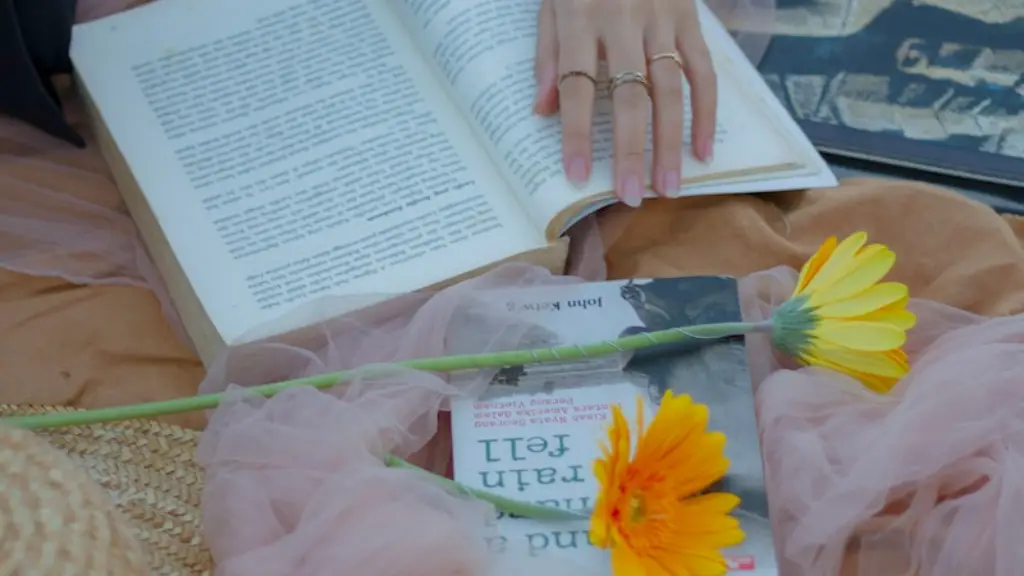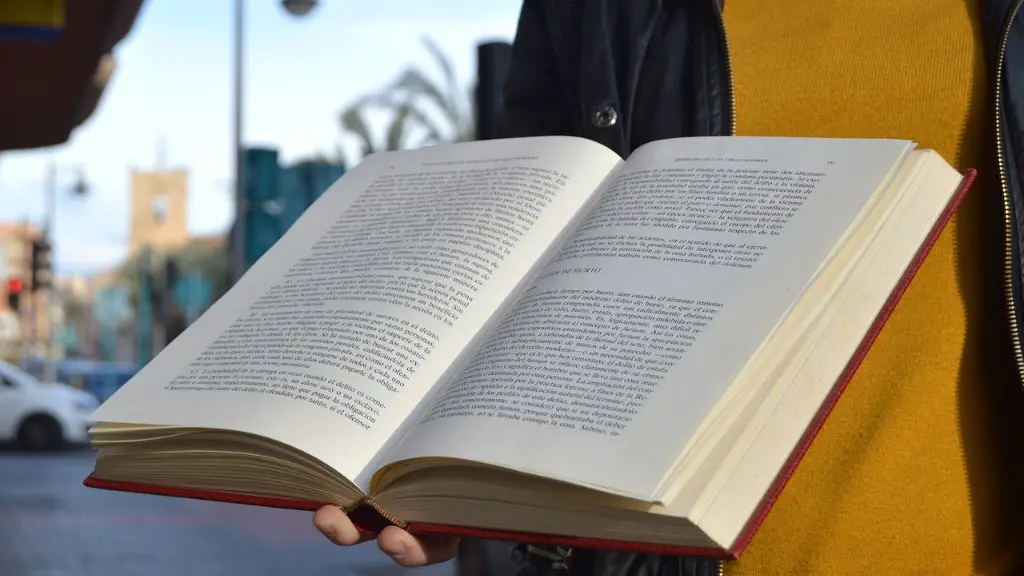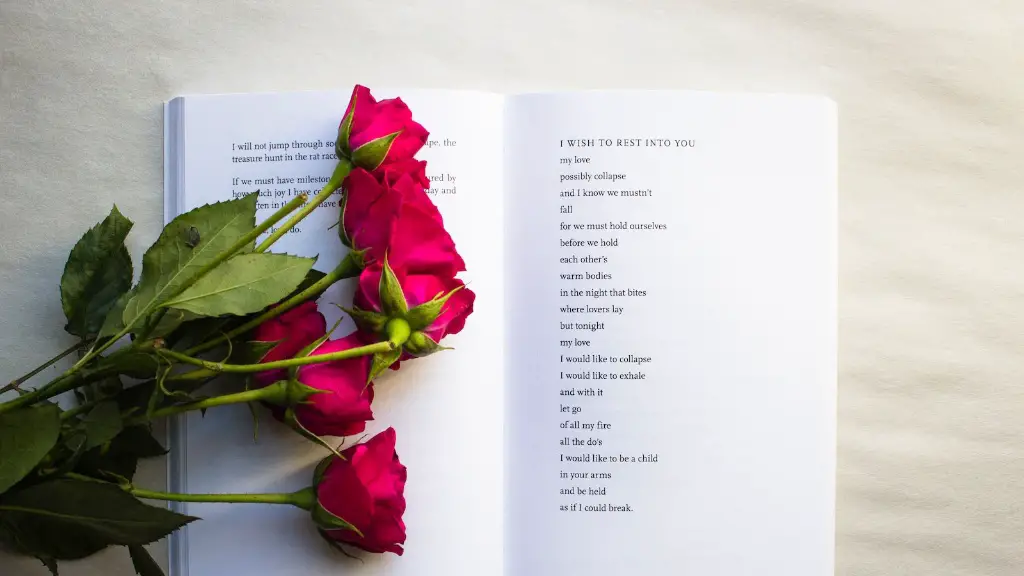Definition
A literary device in poetry is a technique used to give more depth and meaning to a poem. It is a tool used to create and develop the aesthetic and effect of a poem, to give it more impact on the reader. Literary devices include devices such as alliteration, meter, similes and metaphors. They are used to engage the reader and create an atmosphere that conveys the meaning and message of the poem.
How literary devices are used in poems
Literary devices are used to enhance the poems and can help to portray emotions in a more vivid manner. They are often used to create a mood and encourage the reader to engage with the poem. Alliteration is an example of a literary device that could be used, where two or more words sharing the same beginning sound, for example, “tumbling and toiling”. This helps capture attention and draw the reader in to the poem.
Metaphors are a common literary device that can be used to compare two unrelated things and help the audience to relate to and understand the message easier. For example, a poet could compare love to a bird; “love flew away, just like a bird”. This device can create engaging imagery and paint a picture in the readers’ head of the message being portrayed.
The impact of literary devices
Literary devices can have a powerful effect on the reader. They create images that stay in the minds of readers and can help to strengthen the impact of the message. Meter is another example of a device in which the rhythm of the poem is used to help carry and support the meaning. All these techniques help to build upon the poem and give it strength and appeal.
Different types of literary devices
When looking into the different types of literary devices that can be used in a poem, it is important to consider the effect and the purpose of the device. Similes, for example, are used to compare two unrelated things with the use of ‘like’ or ‘as’. This is done to create a clearer image of what is being described in the poem and a broader understanding of the message.
Metaphors are similar to similes however they do not use the words ‘like’ or ‘as’. Instead metaphors are used to imply a comparison between two things. Personification is another example of a device which gives human qualities to non-human things. Personification is often used to give an emotional connection to an object or thing.
The purpose of literary devices
Literary devices are used in poems to give the poem more emotion, more character and to create a picture in the mind of the reader. It is a tool used to convey the poet’s message and buildup on the poem to keep the reader engaged. It can draw in the attention of the reader and captivate them within the poem.
Evolution of literary devices
Throughout the years, literary devices have been used in various forms of literature. Poetry is a main form of literature that uses literary devices as a way to engage the reader and to tell a story with much more emotion than what can be conveyed in plain text. Initially, these devices were limited and only used in specific forms of writing, such as poetry and plays, but as society has evolved so have the uses of these devices.
In the modern age, literary devices can be used in all forms of writing, from novels to newspaper articles. Literary devices still maintain their original purpose and value in bringing stories alive for the reader.
New developments in literary devices
The development of technology has led to some new developments in using literary devices for both literature and poetry. Audio books are becoming more popular as a way to experience literature particularly with the growing number of devices such as smartphones, tablets and e-readers.
The development of digital books has enabled written works to be published more widely and to reach a much larger audience. Additionally, literary devices can be used in the form of multimedia such as films, information animations, and interactive experiences. Literary devices have come a long way since their establishment and now have a wide range of uses.
Limitations of literary devices
Despite their advantages, literary devices also have a few limitations that authors need to be aware of. If they are used too much they can appear repetitive and it can also be difficult to sustain the flow of the poem. Therefore, authors need to be mindful of how and when they use these devices. They need to be used sparingly, at the appropriate times when necessary, and not just for the sake of using them.
It is also important that authors remain authentic to the poem and the message they are trying to convey at all times. Devices should not be used to try and force a message into a poem that is not there. The literary devices should support and accentuate the poem, not be the focus of the poem itself.
Conclusion of literary devices in poetry
The use of literary devices in poetry is an important and effective way to engage with audiences, convey messages and create stories. There are a vast range of devices that can be used and, when used correctly, can have a powerful impact on the poem and the reader. Although there are limitations, when authors take into consideration the potential of these devices they can add a significant amount of emotion, character and depth to their works.


